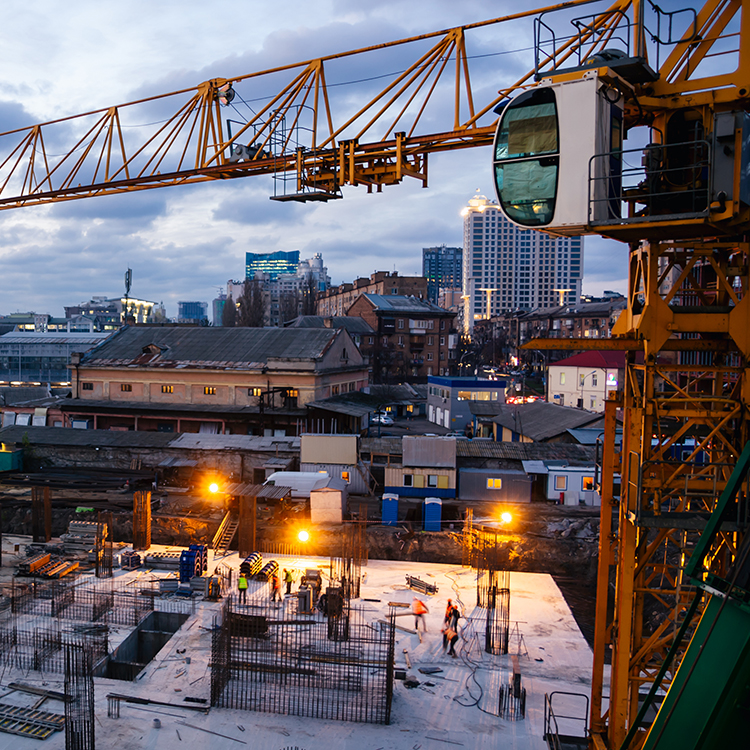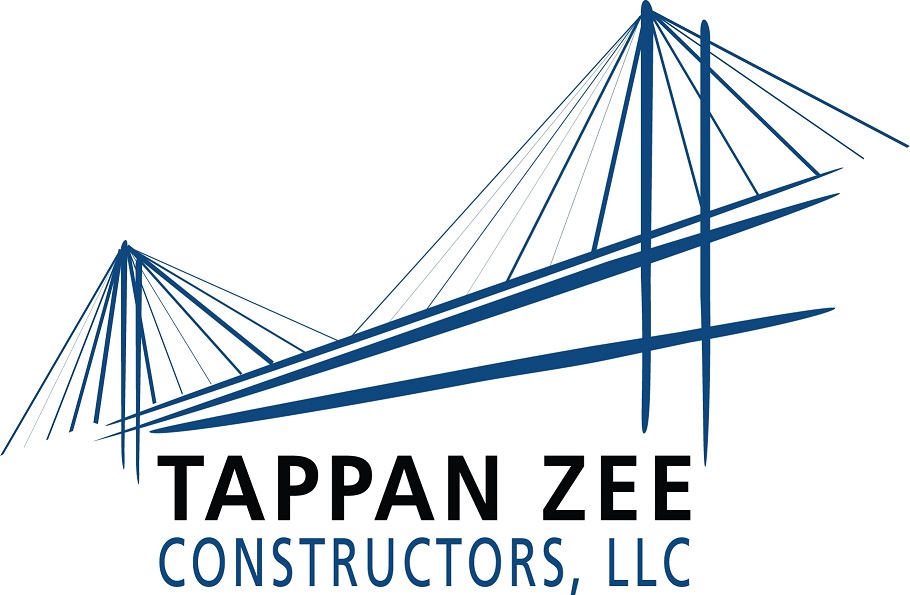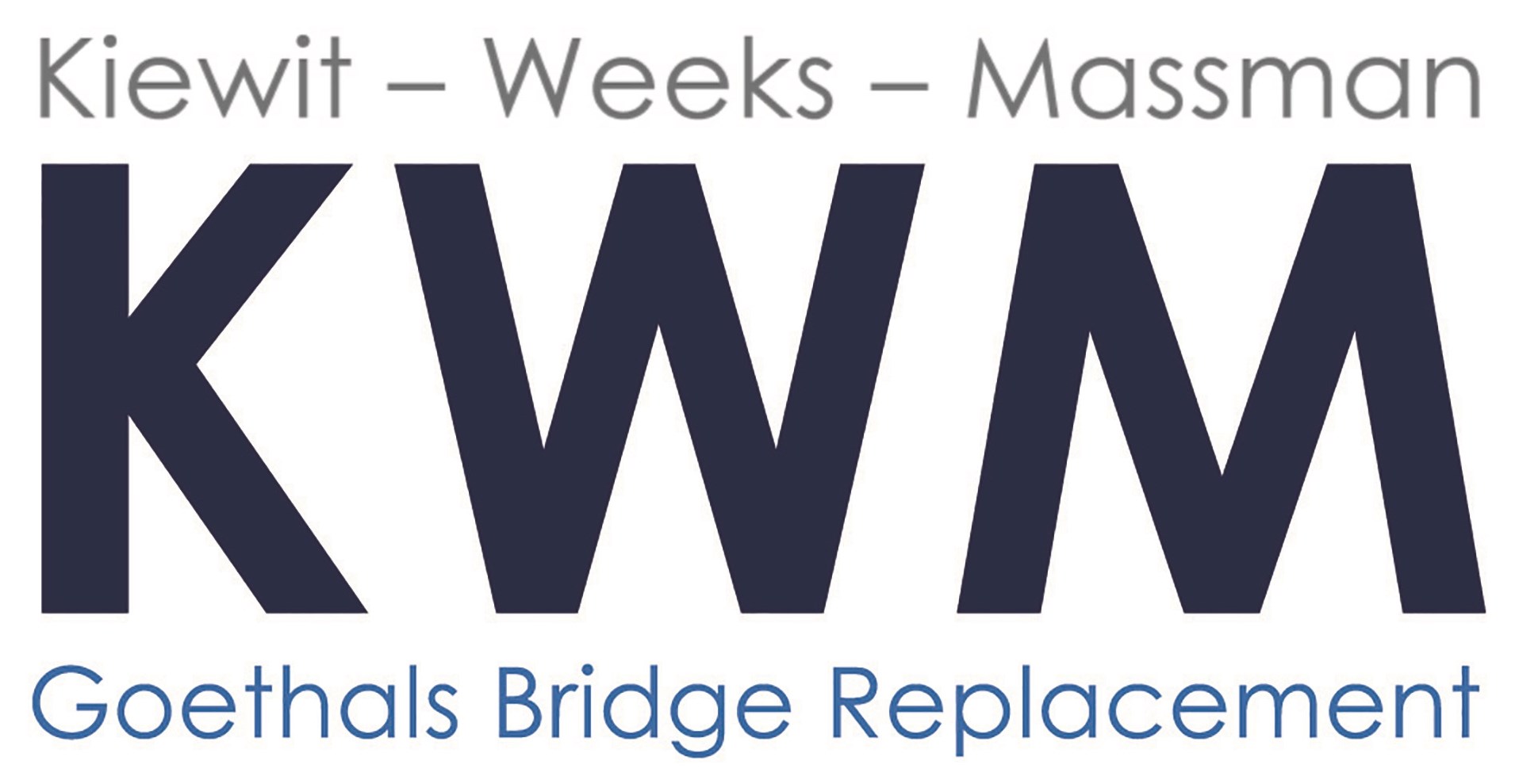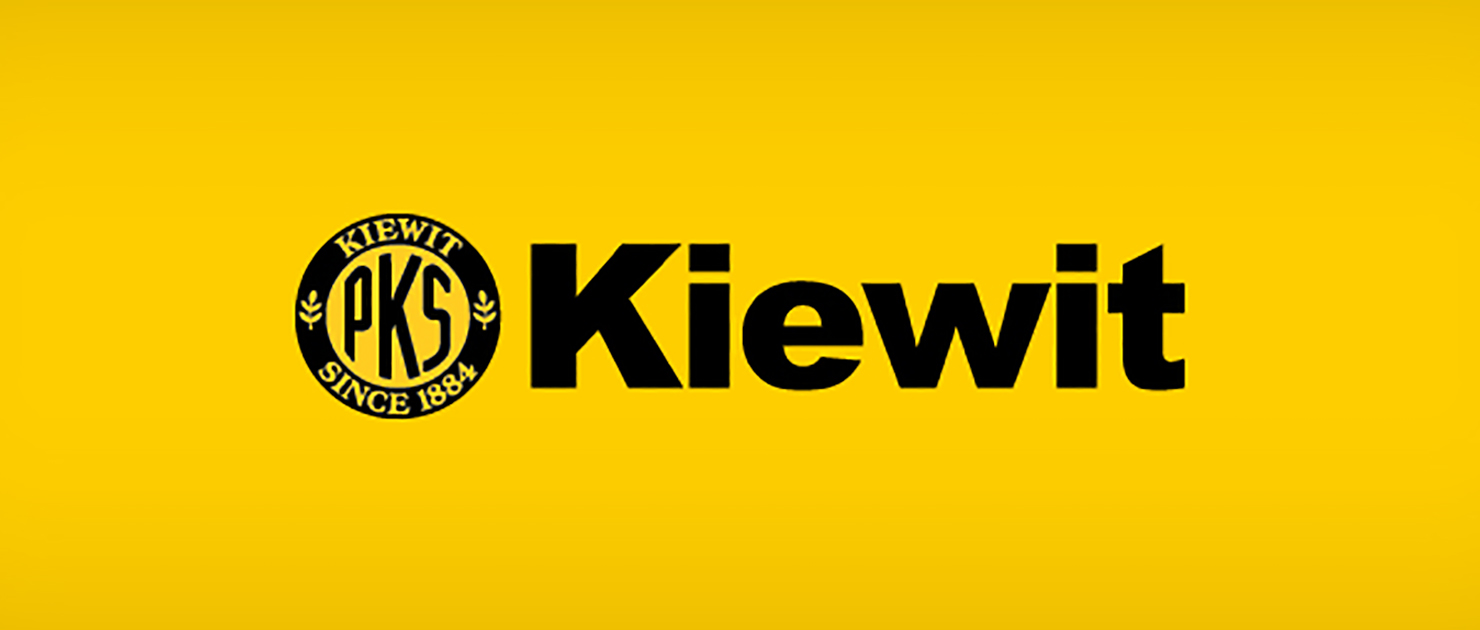Labor Shortages Affect Construction Bidding
10/23/2025

By Maila Kim
Finding good workers is hard these days. And by 2026, it’s going to be tougher still. This isn’t just a small problem. It’s a huge labor shortage that’s going to change how you bid on jobs.
If you’re pricing out work for 2026, you need to be extra careful. If you guess wrong on your labor costs, don’t account for prices going up, or mess up the project timeline, you could lose all your profit before your crew even shows up.
 Let’s break down what the labor shortage means for you, and go over three steps to help you stay ahead. Let’s break down what the labor shortage means for you, and go over three steps to help you stay ahead.
The Labor Gap: How Big Is It?
It’s big. The construction industry needs more people than it can find.
You’ve probably noticed that it’s gotten harder in recent years to fill open roles. In fact, nine in ten contractors have openings for trade workers that they can’t fill. That’s really a big problem, especially since the industry needs to hire approximately 723,000 workers per year to keep up with the demands.
 But it isn’t because there’s less work. Public and private projects are constantly added to project databases such as ConstructConnect® Project Intelligence every day. The real problem is that the number of qualified people just doesn’t exist. This issue is getting bigger every year, which means the gap just keeps growing. But it isn’t because there’s less work. Public and private projects are constantly added to project databases such as ConstructConnect® Project Intelligence every day. The real problem is that the number of qualified people just doesn’t exist. This issue is getting bigger every year, which means the gap just keeps growing.
Why the Shortage?
 A big reason for the labor gap is that many skilled workers are heading toward retirement. Right now, one in five construction workers is fifty-five or older. The average age for a skilled tradesperson is almost forty-three, and it’s only going up. A big reason for the labor gap is that many skilled workers are heading toward retirement. Right now, one in five construction workers is fifty-five or older. The average age for a skilled tradesperson is almost forty-three, and it’s only going up.
As the experienced workers are getting ready to retire, there aren’t enough young people entering the construction workforce. If construction companies don’t start getting creative to attract young workers, such as recruiting through social media or apprenticeship programs, they will face challenges in 2026 and beyond.
And that’s not all. Immigration rules that are more strict have put additional strain on the construction labor market. One third of construction businesses say that federal immigration actions have caused project delays.
How to Change Your Bids in 2026
Given these challenges, you’ll need to change how you bid on jobs. Here are three steps you can take to account for the new realities of the labor market.
The Takeaway
The next few years will be challenging. But if you plan for it, your business can still be healthy and deliver great work. The contractors who do well in the next few years will be the ones who really understand the labor shortage and proactively make changes now to get ahead of it.
Start today by learning more about the current market. Download our free comprehensive Labor Guide to overcome labor challenges and stay competitive in the industry.
Maila Kim is a content marketing manager at ConstructConnect®, specializing in content strategy and marketing for Takeoff and Estimating Products, including On-Screen Takeoff®, PlanSwift®, and QuoteSoft®. With more than a decade of experience as a writer and creative marketer, she brings a fresh, engaging perspective to the preconstruction industry. Through her content, Maila helps construction professionals stay informed and make the most of the tools they rely on daily.
Source:ConstructConnect
Back To News |
||
|
|
||
|
© 2025 Small Business Exchange, Inc. |
||













